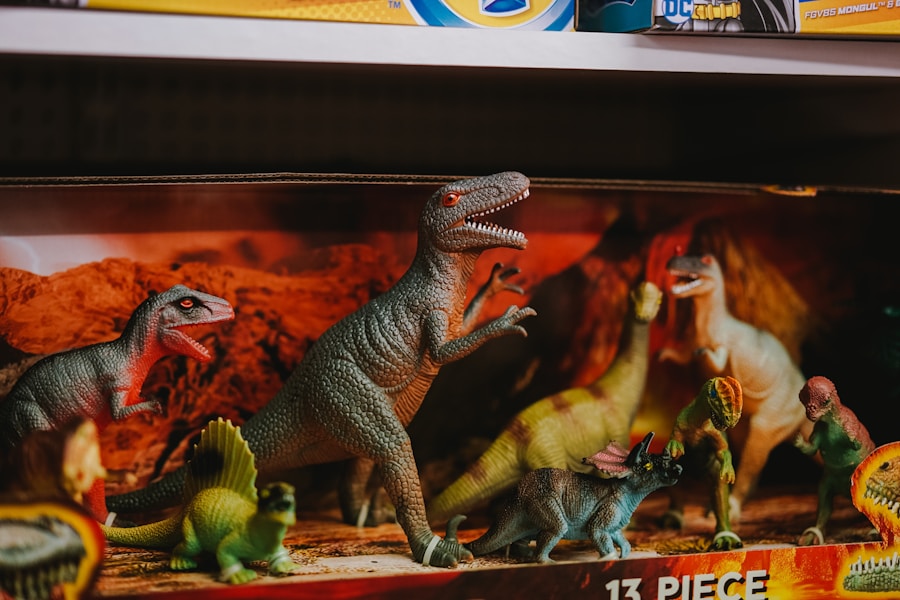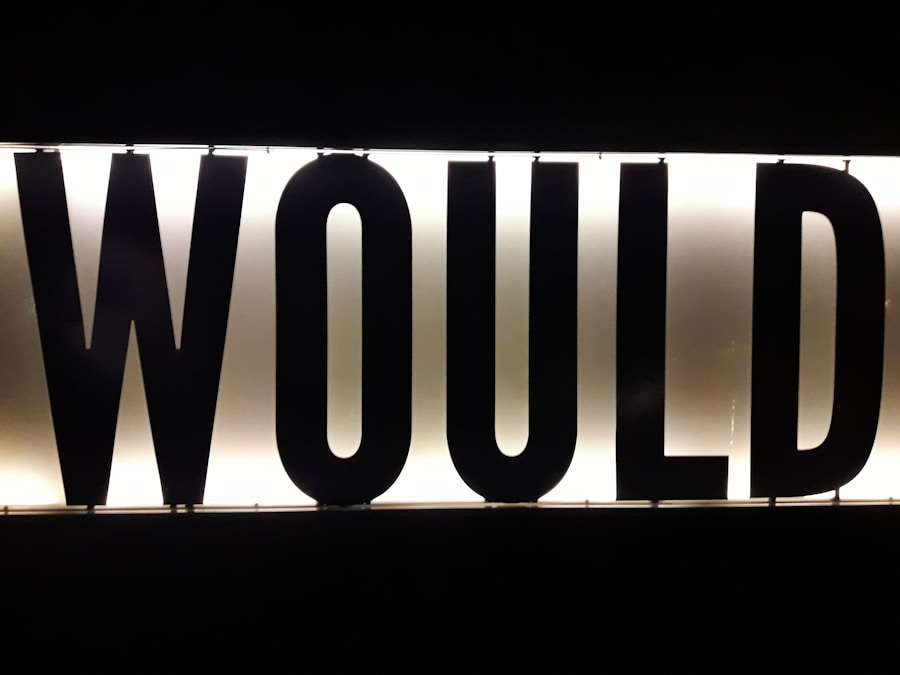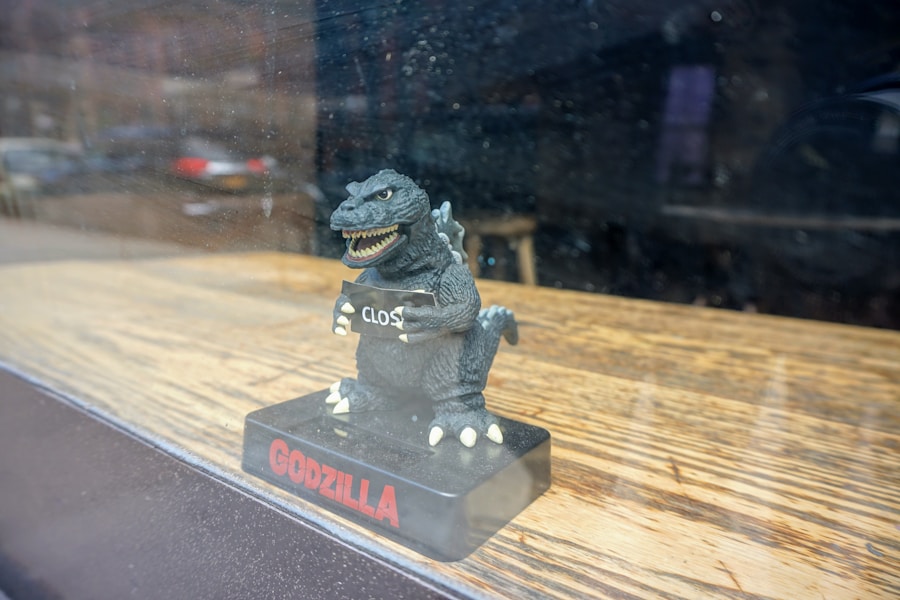The Godzilla franchise stands as a monumental pillar in the realm of cinema, captivating audiences since its inception in 1954. Originating from Japan, Godzilla, or “Gojira” as it is known in its native tongue, emerged as a metaphor for the fears and anxieties of a post-war society grappling with the consequences of nuclear warfare. Over the decades, this iconic creature has evolved from a terrifying force of nature into a complex character that embodies various themes, including environmentalism, humanity’s hubris, and the struggle between man and monster.
As you delve into the franchise, you will discover not just a series of films but a cultural phenomenon that has influenced countless filmmakers and inspired a dedicated fanbase worldwide. The franchise has expanded significantly, encompassing over thirty films, animated series, comic books, and even video games. Each iteration of Godzilla brings something new to the table, whether it be a fresh take on the monster’s origins or a different perspective on the human characters that populate his world.
As you embark on your journey through the Godzilla universe, you will find that each film contributes to a larger narrative tapestry, rich with history and thematic depth. Understanding this franchise is not merely about watching giant monsters clash; it is about engaging with a story that reflects societal changes and human emotions across generations.
Summary
- The Godzilla franchise has been a staple of Japanese pop culture since its inception in 1954, and has since become a global phenomenon.
- Understanding the chronological order of Godzilla films is crucial for fans to fully grasp the evolution of the character and storyline over the years.
- Watching Godzilla films in order allows viewers to appreciate the development of the character and storyline, and to fully immerse themselves in the Godzilla universe.
- The evolution of Godzilla’s character and storyline reflects the changing social and political landscape of Japan and the world, making it a fascinating study for fans.
- Watching Godzilla films in order enhances the viewing experience by providing a deeper understanding of the character’s motivations and the universe in which it exists.
Understanding the Chronological Order of Godzilla Films
The Evolution of Godzilla
Following this, you will encounter a series of sequels and reboots that explore different facets of Godzilla’s identity and the world around him.
The Eras of Godzilla
The Showa era (1954-1975) introduces Godzilla as a destructive force, whilst the Heisei era (1984-1995) reimagines him as a more nuanced character, often battling other kaiju. The Millennium series (1999-2004) further diversifies the narrative by presenting standalone stories that sometimes disregard previous films. As you navigate through these eras, you will notice how each film reflects the cultural and political climate of its time.
Godzilla in the Modern Era
For instance, the 2000s saw a resurgence of interest in Godzilla, leading to films that addressed contemporary issues such as environmental degradation and globalisation. The recent Legendary Pictures’ MonsterVerse has taken Godzilla into Hollywood territory, blending action-packed sequences with deeper themes. By understanding this chronological order, you will gain insight into how Godzilla has been shaped by and has shaped societal narratives over time.
The Importance of Watching Godzilla Films in Order

Watching Godzilla films in chronological order is crucial for several reasons. Firstly, it allows you to witness the character’s evolution in real-time. Each film builds upon the last, introducing new elements that enrich your understanding of Godzilla’s motivations and relationships with other characters.
For example, as you progress through the series, you will see how Godzilla transitions from a mindless destroyer to a protector of humanity, reflecting changing societal attitudes towards monsters and their roles in our lives. Moreover, viewing the films in order enhances your appreciation for recurring themes and motifs. You will begin to notice how filmmakers have woven social commentary into the fabric of each story.
By watching in sequence, you can connect these threads more easily, leading to a deeper understanding of the franchise’s overarching messages. This approach also allows you to appreciate callbacks and references that may otherwise go unnoticed if you were to watch the films out of order.
Exploring the Evolution of Godzilla’s Character and Storyline
| Movie Title | Release Year | Box Office Revenue (in millions) | IMDb Rating |
|---|---|---|---|
| Godzilla | 1954 | 2.25 | 7.6 |
| Godzilla: King of the Monsters | 2019 | 386 | 6.0 |
| Godzilla vs. Kong | 2021 | 467 | 6.4 |
Godzilla’s character has undergone significant transformation since his debut. Initially portrayed as an embodiment of nuclear devastation, he was a terrifying force that wreaked havoc on cities without remorse. However, as societal fears shifted over the decades, so too did Godzilla’s portrayal.
In later films, he began to take on more heroic qualities, often defending humanity against other monstrous threats. This evolution mirrors our changing relationship with nature and technology; as we grapple with environmental issues and ethical dilemmas surrounding scientific advancements, Godzilla becomes a symbol of both destruction and hope. The storyline surrounding Godzilla has also expanded considerably.
Early films focused primarily on his rampages through urban landscapes, but later entries introduced complex narratives involving human characters who grapple with their own moral dilemmas in the face of catastrophe. You will find that these human stories often serve as a counterpoint to Godzilla’s monstrous nature, highlighting themes of sacrifice, redemption, and resilience. As you explore these narratives, you will come to appreciate how they enrich your understanding of Godzilla not just as a monster but as a multifaceted character within a broader narrative framework.
How Watching Godzilla Films in Order Enhances the Viewing Experience
Watching Godzilla films in order significantly enhances your viewing experience by providing context and continuity. Each film builds upon its predecessors, creating a cohesive narrative that allows you to engage more deeply with the characters and their journeys. For instance, when you witness Godzilla’s battles against other kaiju or his interactions with human protagonists across multiple films, you develop a sense of investment in their fates.
This emotional connection is heightened when you understand the backstory and motivations that drive these characters. Additionally, viewing the films sequentially allows you to appreciate the evolution of special effects and filmmaking techniques over time. From practical effects in earlier films to cutting-edge CGI in modern entries, each film showcases advancements in technology that reflect broader trends in cinema.
As you watch these developments unfold alongside Godzilla’s character arc, you gain a richer understanding of how filmmakers have pushed creative boundaries while staying true to the essence of what makes Godzilla compelling.
The Impact of Chronological Order on Understanding Godzilla’s Universe

The chronological order of Godzilla films plays a pivotal role in shaping your understanding of the franchise’s universe. Each film introduces new characters, settings, and conflicts that contribute to an expansive world filled with lore and mythology. By following this timeline, you can trace the origins of various kaiju and their relationships with one another, leading to a more comprehensive grasp of the interconnectedness within this universe.
Moreover, understanding the chronological order allows you to appreciate how different filmmakers have interpreted Godzilla’s legacy over time. Each era brings its unique perspective on what Godzilla represents—be it fear, hope, or environmental consciousness—and watching these films in sequence helps you recognise these shifts in tone and theme. This awareness enriches your viewing experience by providing layers of meaning that might otherwise be lost if approached haphazardly.
Considering Alternative Viewing Orders for Godzilla Films
While watching Godzilla films in chronological order offers numerous benefits, some fans may choose alternative viewing orders based on personal preferences or thematic interests. For instance, some might opt for a thematic approach by grouping films that share similar motifs or messages. This method allows for an exploration of specific ideas—such as environmentalism or humanity’s relationship with technology—across different eras without being confined to strict chronology.
Another alternative is to focus on specific directors or notable entries within the franchise. For example, if you’re particularly interested in the work of Ishirō Honda or Hideaki Anno, you might choose to watch their contributions first before exploring other films. This approach can provide insight into how individual filmmakers have shaped Godzilla’s legacy while allowing for a more tailored viewing experience that aligns with your interests.
Making the Decision to Watch Godzilla Films in Order
Ultimately, deciding whether to watch Godzilla films in order comes down to your personal preferences and viewing goals. If you’re seeking a comprehensive understanding of this iconic franchise—its character evolution, thematic depth, and cultural significance—then following the chronological order is undoubtedly your best bet. This approach will immerse you in the rich tapestry of stories that have captivated audiences for nearly seven decades.
However, if you’re drawn to specific themes or directors within the franchise or simply wish to enjoy individual films without delving into their interconnectedness, alternative viewing orders can also provide an enriching experience. Regardless of your choice, engaging with the Godzilla franchise promises an adventure filled with excitement, reflection, and an appreciation for one of cinema’s most enduring icons. So grab some popcorn and prepare for an unforgettable journey through the world of kaiju!
